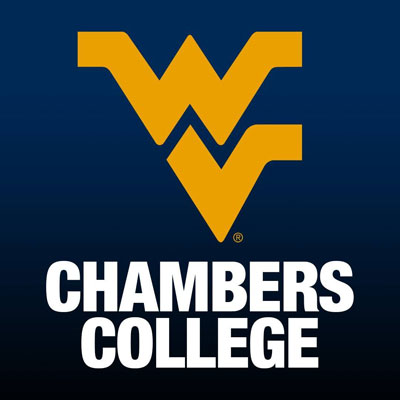MORGANTOWN, W.Va.— The COVID-19 pandemic has tested and disrupted global supply chains like never before, forcing companies across all industrial sectors to evolve at a rapid pace by adopting new technologies and transitioning towards digital supply networks.
In light of this, companies around the world are facing a similar challenge — adapt or be left behind.
“Digital Supply Networks: Transform Your Supply Chain and Gain Competitive Advantage with Disruptive Technology and Reimagined Processes,” a new book co-authored by West Virginia University Professors Ednilson Bernardes and Thorsten Wuest, addresses this timely issue by showing how organizations can leverage advanced technologies, such as big data analytics, cloud computing, Internet of Things, autonomous robotics and artificial intelligence to reimagine processes and build a more resilient supply network.
“COVID-19 stressed just how complex and, in some cases, fragile today’s global supply chains are in face of a black swan event. Executives and leadership teams have been focusing on adjusting the configuration of their value chain to further increase their resilience and agility,” said Wuest, the J. Wayne and Kathy Richards Faculty Fellow and assistant professor of industrial and management systems engineering in the Statler College of Engineering and Mineral Resources. “Whatever shape an organization’s supply systems take, the pandemic has made it clear that it will be digitally-enabled moving forward.”
According to Bernardes, professor and program coordinator of global supply chain management in the Chambers College of Business and Economics, other market forces were already putting the digitization of supply chains in conversations with industry leaders prior to the pandemic.
“Chief officers had already been discussing investments in intelligence and automation to cope with challenges stemming from changing customer expectations, the trend towards sustainable practices and technological disruptions,” Bernardes said. “The global health crisis has merely accelerated that process.”
Published today (July 21), the book discusses the limitations of traditional linear and sequential supply chains in today’s digital and connected world, covers the technological foundations, and offers a hands-on playbook to guide organizations, executives, leaders, and operational personnel in their transformation to a digitally driven supply network.
To further ground the vision of digital supply networks, the book provides detailed insights from several case studies of leading companies illustrating the successful application of selected technologies or process transformations, as well as discussing the additional value and resulting competitive edge of the organizations.
“I hope organizations and leaders will understand that digital transformation is not about merely investing in technology,” Bernardes said. “It requires reimagining how we create and capture value. It is not about replacing human labor with technology either but focusing on augmenting human capacity and talents.”
More information on “Digital Supply Networks” can be found here.
This story was written by Olivia Miller, communications specialist for the Statler
College of Engineering and Mineral Resources. Read the full story on the Statler
College website.

